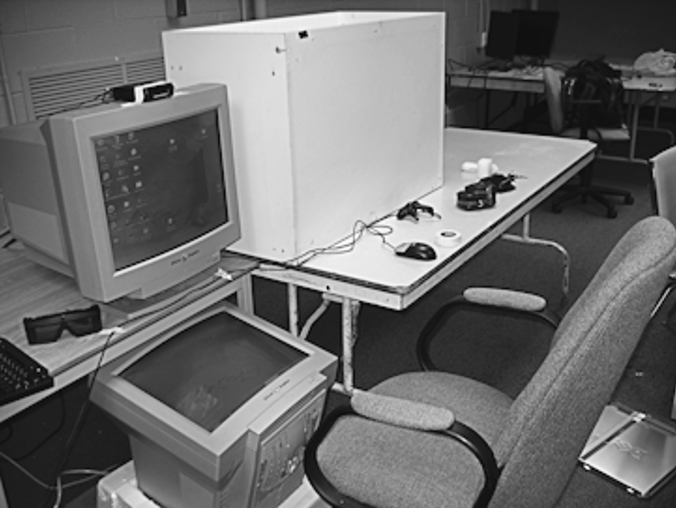
Assessing the Effects of Orientation and Device on (Constrained) 3D Movement Techniques Inproceedings
Robert J. Teather, Wolfgang Stuerzlinger
Abstract:
We present two studies to assess which physical factors influence 3D object movement tasks with various input devices. Since past research has shown that a mouse with suitable mapping techniques can serve as a good input device for some 3D object movement tasks, we also evaluate which characteristics of the mouse sustain its success. Our first study evaluates the effect of a supporting surface across orientation of input device movement and display orientation. A 3D tracking device was used in all conditions for consistency. The results of this study are inconclusive; no significant differences were found between the factors examined. The results of a second study show that the mouse outperforms the tracker for speed in all instances. The presence of support also improved accuracy when tracker movement is limited to 2D operation. A 3DOF movement mode performed worst overall.
